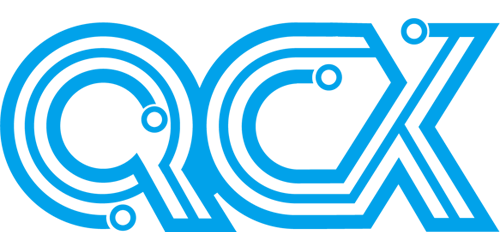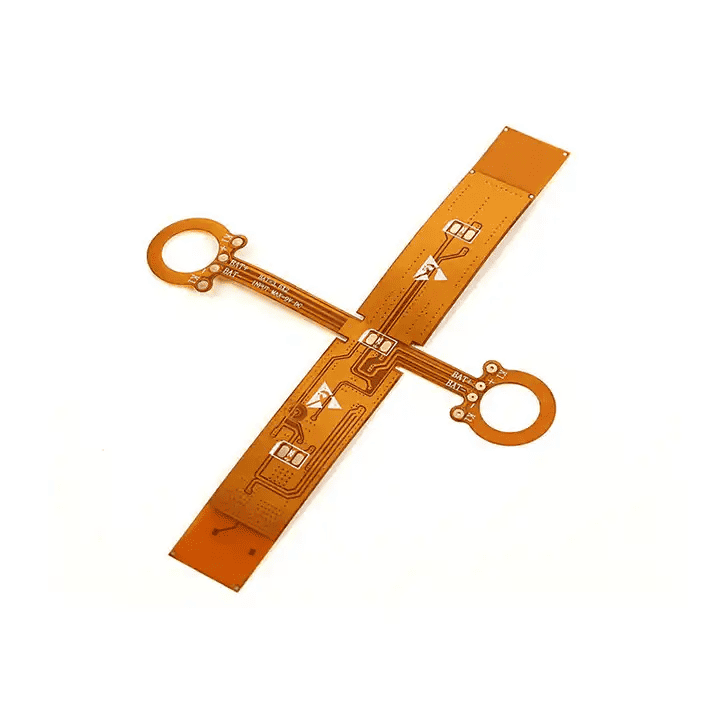We make your GERBER file come into REAL PCB boards.
Flexible PCB technology offers different possibilities for different product designs. Its flexibility includes the desired attributes such as inserting wires and cables into the PCB. Flexible printed circuit boards can be designed to perform any function within the assigned space, be machinable, meet strict mechanical tolerances, and be cost effective.
What is Flexible PCB?
What is the application?
Flex PCB is defined as a patterned arrangement of PCB components utilizing a flexible base material and flexible sleeves (Flex PCB or FPC). Flexible Circuit Boards (also known as flexible circuit boards) derive their name from their ability to design a circuit to fit into any electronic device or product and incorporate it into a compliant circuit board. A flex circuit board is characterized by patterned arrangements of printed circuits that emphasize a malleable material base.
Flex electronics, also known as flex circuits, is a technology for mounting electronic circuits and electronic devices on flexible plastic substrates such as polyimide, peek, transparent conductive polyester and 1: 1 films. Flex circuits can be used in a variety of applications where flexibility and space-saving production constraints limit usability of rigid circuit boards as well as manual cabling and connectors. Flexible electronic assemblies can produce identical components with rigid circuit boards that fit into the desired shape when using the flexible circuit board.
A wide range of devices from mobile phones to servers of all sizes and uses come in different shapes, sizes and functionalities, but all share one thing in common: they all contain flexible circuit boards. The introduction of flexible circuit boards revolutionized old electrical connections techniques used to connect multiple parts of the same circuit to multiple electronic devices. Flexible PCB technology, also known as flexible printed circuitry (FPC) is used in key electronics sectors such as consumer, automotive, electromedical devices, wearables, telecommunications and aerospace. Prominent examples of flexible circuits are modern portable electronic devices such as hard drives, desktops and printers. Flexible circuits are printed circuit boards that can be used in electronic devices that require 3-axis connections. Flex circuits are most commonly used in computer keyboards, and most keyboards use flex circuits instead of switching matrices.
Difference Between Rigid PCB And Flexible PCB?
Flex circuits were first used during the Second World War and their use increased rapidly. Over the years, rigid and flexible circuits have enjoyed enormous popularity among military product designers and have also been used in commercial products.
In contrast to rigid circuit boards, flexible circuits are not limited to two dimensions. They can be as flexible as a wire or a ribbon cable, and their design possibilities are endless. Compared to rigid PCBs, the flexible PCB has proven to be more reliable and durable in applications where the circuit is subjected to constant vibration and mechanical stress. Flexible printed circuit board boards are designed with fewer connections which helps to improve the durability of the circuit. Standard joining techniques based on brazed wire and hand-wired connectors are replacing by flexible circuit boards characterized by low weight and thickness, high mechanical resistance, high temperature and weather resistance and good electromagnetic immunity (EMI).
Lightweight
Unlike conventional PCB components, flexible circuits use about 10% of the space and weight of their common counterparts.
Stable
A flexible circuit requires less interconnects, which means that fewer solder joints, connectors, and crimps are required.
Compatibility
Flexible printed circuit boards are incomparable in their compatibility with almost any type of connector or component.

 EN
EN
 RU
RU